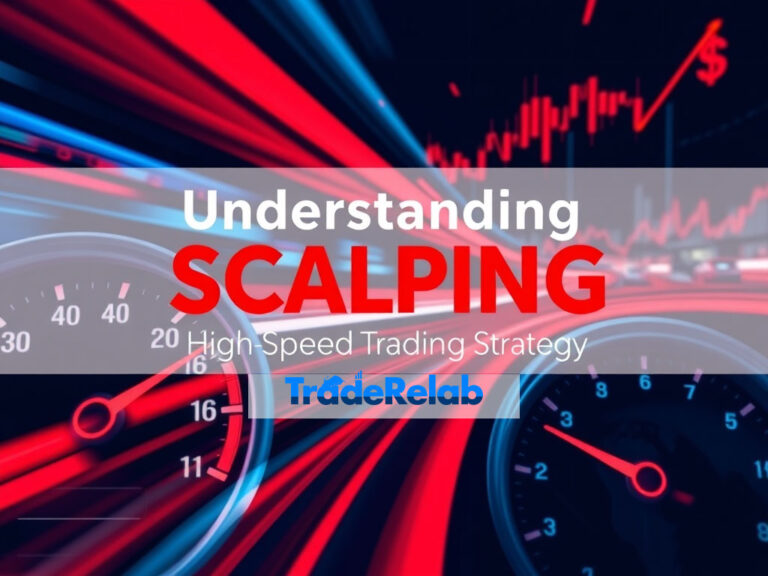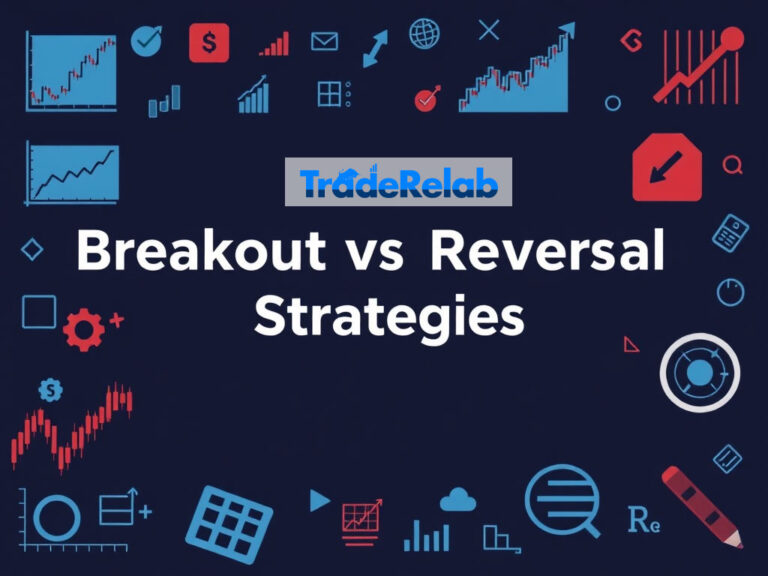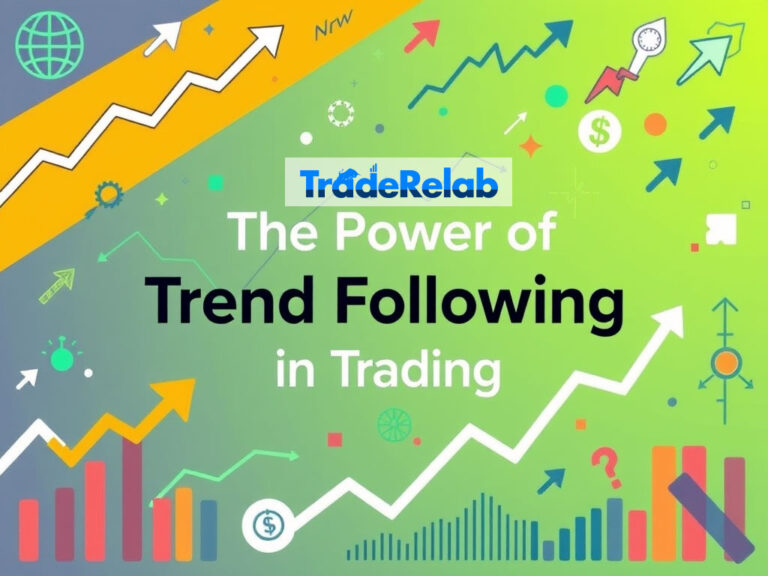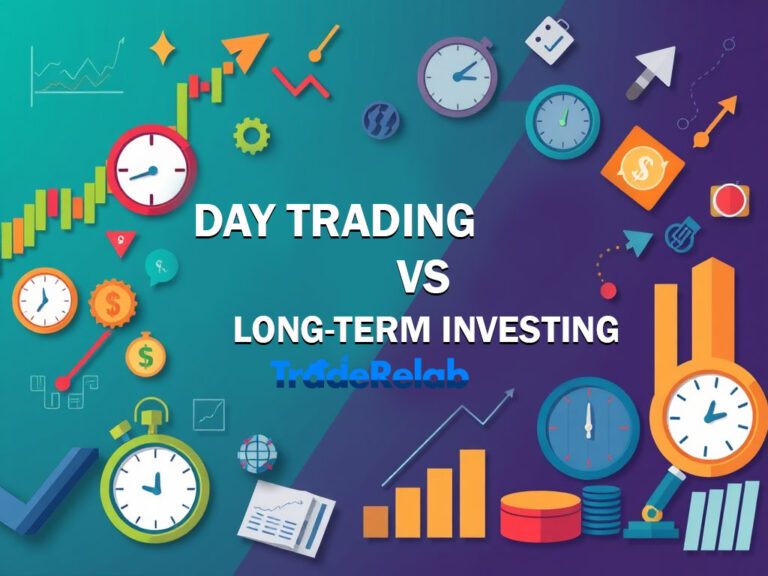What is Swing Trading? A Complete Overview
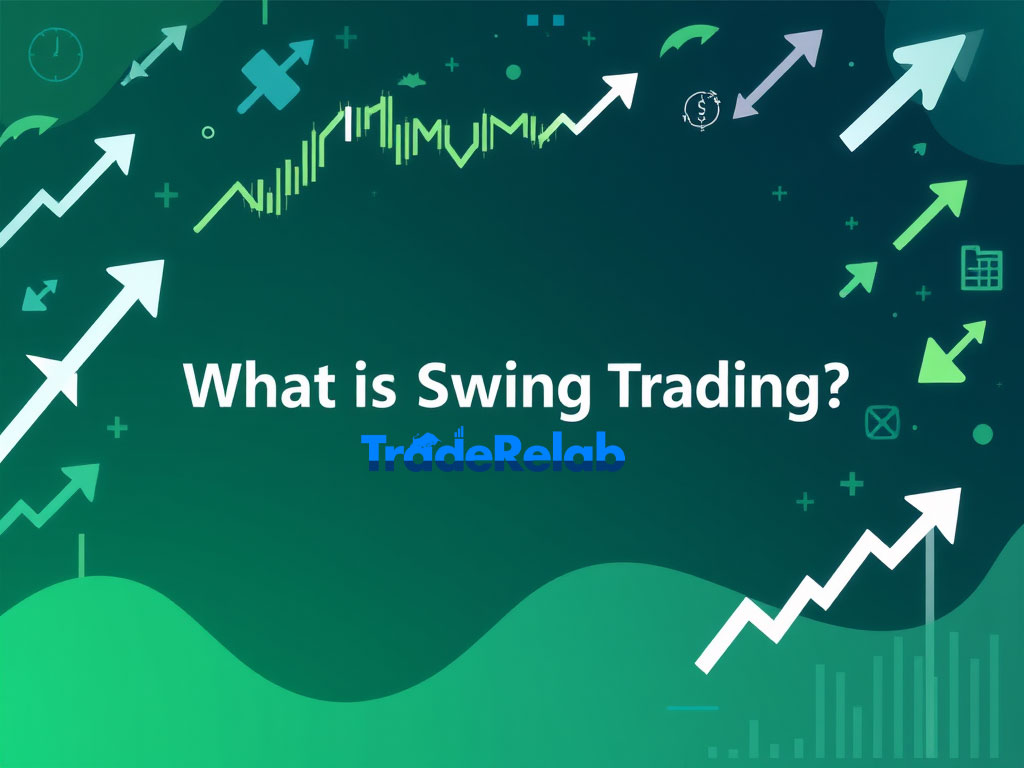
Swing trading is a popular trading strategy that aims to capitalize on price swings within a market. Unlike day trading, which involves making multiple trades throughout the day, swing trading typically involves holding positions for several days or even weeks to capture short to medium-term price movements. This strategy is especially appealing to traders who prefer not to monitor the market constantly but still want to take advantage of price volatility.
In this article, we will provide a comprehensive overview of swing trading, covering its basic principles, strategies, advantages, risks, and how to get started.

What is Swing Trading?
Swing trading is a strategy that seeks to profit from the natural “swings” in market prices. These swings can occur in any market, including stocks, forex, commodities, and cryptocurrencies. The core idea behind swing trading is to enter a trade when the price is poised to move in the trader’s favor and exit when the swing completes, typically after a few days or weeks.
Swing traders primarily rely on technical analysis to identify entry and exit points, but they may also consider fundamental analysis to assess the broader market trends. They do not aim to hold positions for long periods like buy-and-hold investors, but rather seek to profit from the short to medium-term price movements that occur during market trends.
Key Characteristics of Swing Trading:
- Medium-Term Focus: Positions are usually held for several days to weeks.
- Profit from Market Swings: Traders aim to capture price swings or trends in the market.
- Technical Analysis: Swing traders rely heavily on technical analysis to make informed decisions.
- Lower Frequency: Compared to day trading, swing traders make fewer trades, focusing on high-quality setups.
- Market Trends: Swing traders focus on entering during trending markets, whether up or down.
How Does Swing Trading Work?
Swing trading works by exploiting price fluctuations that occur within a broader trend or range. These price movements can be the result of market news, economic events, or other factors that cause a temporary shift in the market’s direction. The goal is to enter the market at a point where the price is expected to move significantly within a few days or weeks and then exit once the swing has played out.
For example, if a stock is in an uptrend, a swing trader might buy the stock during a pullback (a temporary decline) and sell it when the price bounces back to the trend’s peak. Conversely, in a downtrend, a swing trader might short the asset during a rally and cover the short position when the price drops again.
Types of Swing Trading Strategies
There are various strategies used in swing trading, depending on the trader’s risk tolerance, market conditions, and trading style. Here are some of the most common swing trading strategies:
1. Trend Following
Trend-following is one of the most popular strategies for swing traders. This approach involves identifying an established trend (either upward or downward) and trading in the direction of that trend. Swing traders look for periods of consolidation or pullbacks within the trend and enter trades when the price resumes its movement in the direction of the trend.
2. Breakout Trading
Breakout trading involves entering a position when the price breaks above a resistance level or below a support level. This strategy seeks to capture large price moves that typically follow a breakout. Traders use chart patterns like triangles, rectangles, and channels to identify potential breakout points.
3. Range Trading
Range trading occurs in markets that are not trending but instead are moving sideways within a defined range. In this strategy, swing traders look to buy at support levels and sell at resistance levels. They aim to profit from price movements within the established range.
4. Pullback Trading
Pullback trading, also known as retracement trading, is a strategy used to enter trades during temporary price reversals in a prevailing trend. For example, in an uptrend, a swing trader would wait for a pullback to a key support level before entering a long trade, anticipating that the price will resume its upward movement.
5. Swing Reversal
Swing reversal trading seeks to profit from significant price reversals that occur after a trend has reached its peak or bottom. Traders use technical indicators like RSI, MACD, and candlestick patterns to identify signs of a reversal, which often marks the end of one trend and the beginning of another.
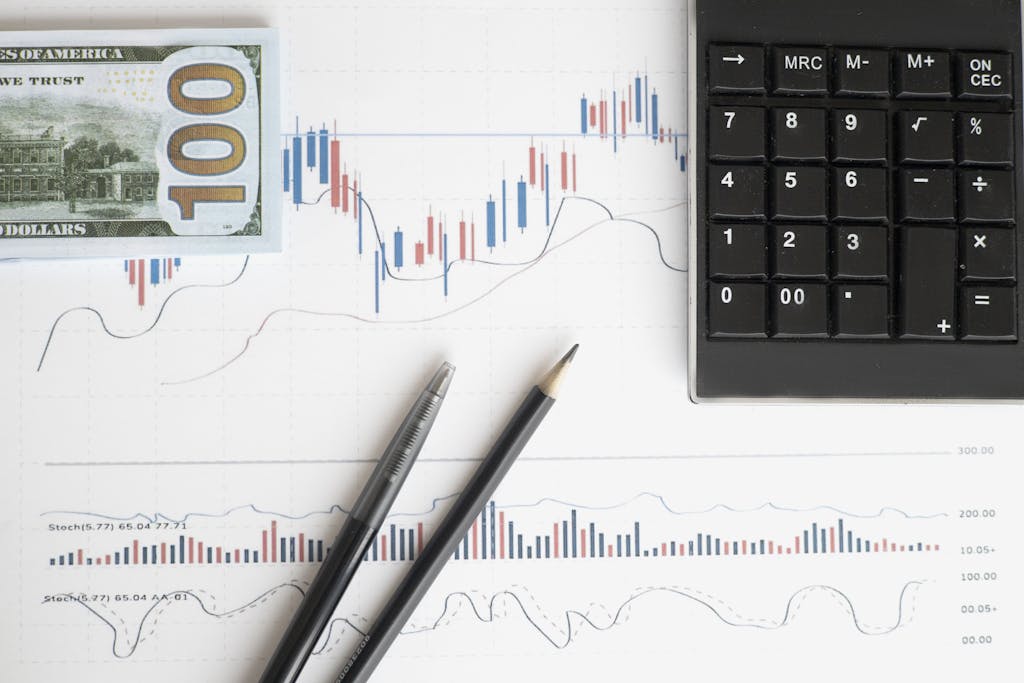
Tools and Indicators for Swing Trading
Swing traders rely heavily on technical analysis to make informed decisions. The following tools and indicators are often used in swing trading to identify entry and exit points:
1. Moving Averages
Moving averages help traders identify the direction of the trend. The most commonly used moving averages are the 50-period and 200-period simple moving averages (SMA). Crossovers between short-term and long-term moving averages can signal potential entry points.
2. Relative Strength Index (RSI)
The RSI is a momentum oscillator that measures whether an asset is overbought or oversold. It ranges from 0 to 100, with values above 70 indicating overbought conditions and values below 30 indicating oversold conditions. Swing traders use the RSI to identify potential reversals.
3. MACD (Moving Average Convergence Divergence)
The MACD is another momentum indicator that helps traders identify trend direction and potential reversals. A crossover between the MACD line and the signal line can indicate a potential entry or exit point.
4. Support and Resistance Levels
Support and resistance levels are critical in swing trading. These levels represent price points where the market has historically reversed or paused. Traders use them to set entry and exit points, as well as stop-loss orders.
5. Candlestick Patterns
Candlestick patterns can provide valuable information about market sentiment and potential price reversals. Common candlestick patterns used by swing traders include Doji, Engulfing, and Hammer patterns.
Advantages of Swing Trading
- Less Time-Consuming: Unlike day trading, which requires constant monitoring of the market, swing trading involves fewer trades and longer holding periods, making it less time-consuming for traders with other commitments.
- Profit from Medium-Term Trends: Swing traders can capture medium-term price movements, which can be more predictable than short-term fluctuations.
- Flexibility: Swing trading can be applied to any market (stocks, forex, commodities, etc.) and works well in both trending and range-bound markets.
- Lower Transaction Costs: Since swing traders make fewer trades compared to day traders, they often face lower transaction costs, including commissions and spreads.
- Good for Part-Time Traders: Swing trading is ideal for individuals who have full-time jobs or other commitments but still want to engage in the markets.
Disadvantages of Swing Trading
- Exposure to Market Risk: Swing traders are exposed to market risk for longer periods compared to day traders. This means they could be affected by unforeseen market events or news while holding positions overnight or over several days.
- Requires Patience: Swing traders need patience, as positions may take several days or weeks to materialize. Traders may experience drawdowns before a profitable move occurs.
- Requires Technical Expertise: Swing traders must be proficient in technical analysis to identify entry and exit points accurately. This can be challenging for beginners.
- Potential for Large Drawdowns: Since positions are held for longer periods, swing traders may experience larger drawdowns if the market moves against them during the trade.
How to Get Started with Swing Trading
- Educate Yourself: Before starting swing trading, it is important to learn the basics of technical analysis, chart patterns, and indicators. There are many online courses, books, and forums dedicated to swing trading that can help you build a solid foundation.
- Choose a Trading Platform: Select a reliable trading platform that provides the tools and features necessary for swing trading. Look for platforms that offer advanced charting tools, real-time data, and low spreads.
- Develop a Trading Plan: Create a detailed trading plan that outlines your risk tolerance, trading goals, and strategies. Define your entry and exit points, as well as your risk management rules.
- Start with a Demo Account: Practice your swing trading strategies with a demo account before risking real money. This will help you build confidence and refine your approach.
- Monitor Market Conditions: Keep an eye on economic events, earnings reports, and other market news that may affect the price of the assets you are trading. Understanding broader market conditions can help you make better-informed decisions.
Conclusion
Swing trading offers a balanced approach for traders who want to capitalize on medium-term price movements without the intense time commitment required by day trading. By relying on technical analysis, swing traders can enter and exit trades at the right moment, capturing profits from market swings. While swing trading has its advantages, such as lower transaction costs and flexibility, it also comes with risks, including exposure to market events and the need for strong technical expertise.
To succeed in swing trading, it’s essential to develop a solid trading plan, practice consistently, and manage risk effectively. By applying the right strategies and maintaining discipline, swing traders can potentially profit from short to medium-term trends in the market.
FAQ
1. How long do swing traders hold positions?
Swing traders typically hold positions for a few days to several weeks, depending on market conditions and their strategy.
2. Can swing trading be profitable for beginners?
Yes, swing trading can be profitable for beginners, but it requires a solid understanding of technical analysis and market trends. Beginners should practice with a demo account before trading with real money.
3. What is the best time frame for swing trading?
Swing traders usually operate on time frames between 4-hour and daily charts. These time frames provide enough price movement to capture significant swings.
4. Do swing traders use leverage?
Yes, many swing traders use leverage to amplify their returns, but this also increases their risk. It’s essential to use leverage cautiously and ensure proper risk management.
5. What markets can I trade using swing trading?
Swing trading can be applied to any market, including stocks, forex, commodities, and cryptocurrencies, as long as there is enough volatility and liquidity to generate price swings.

